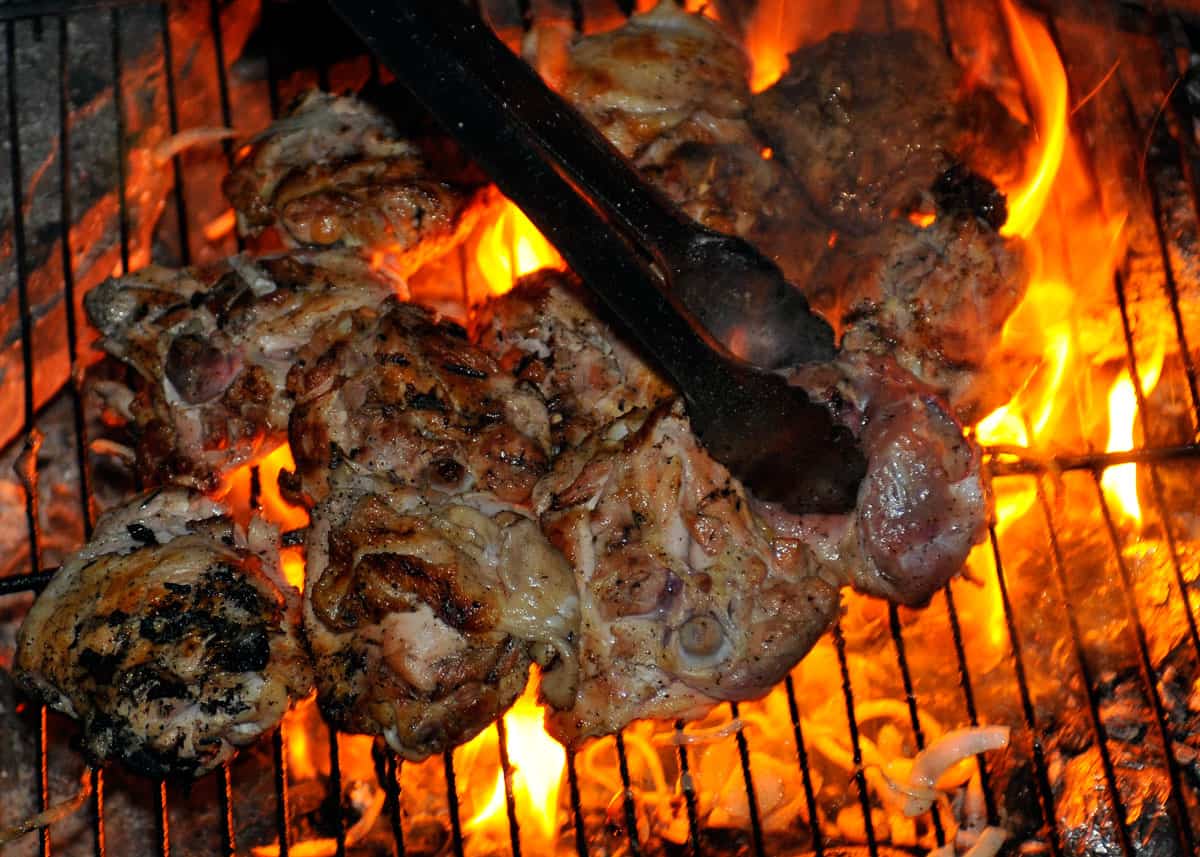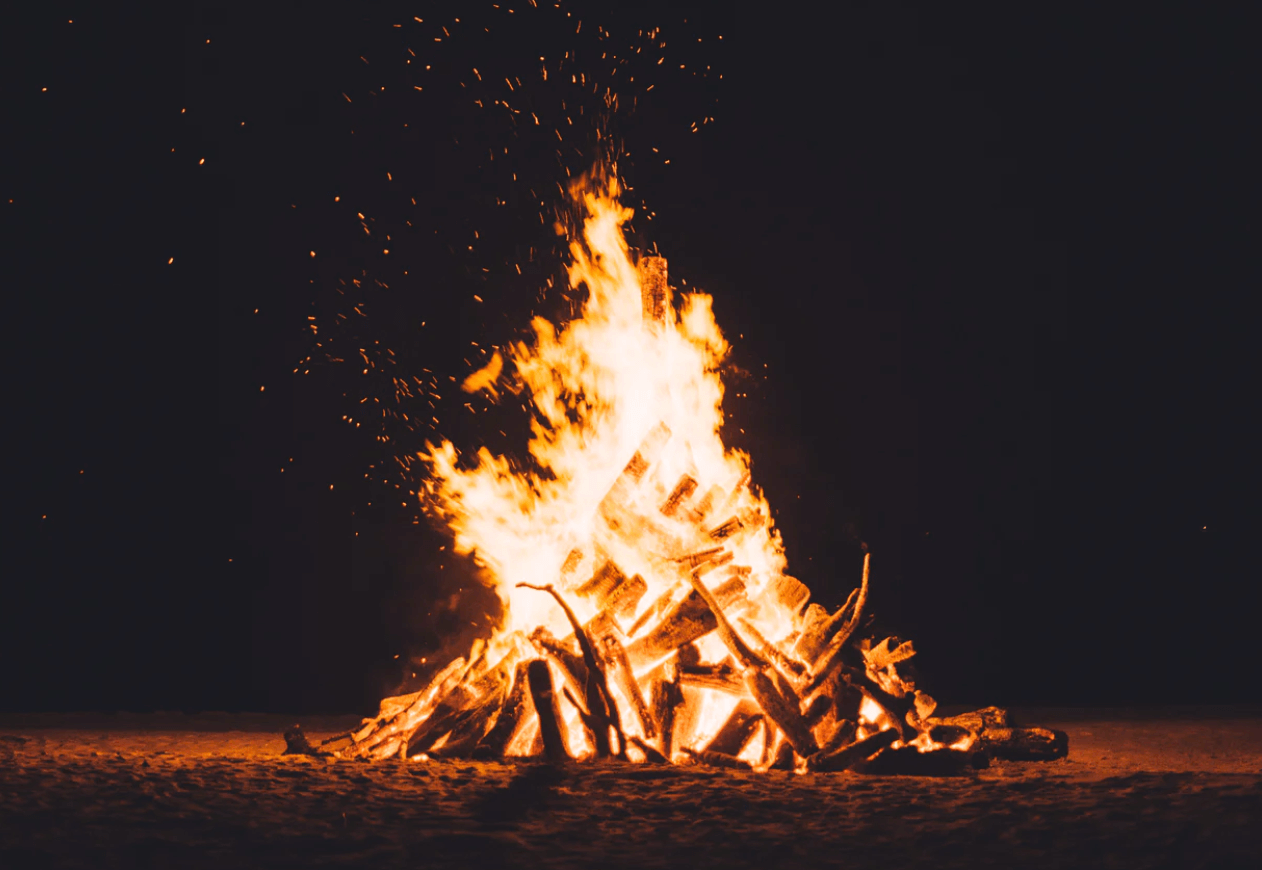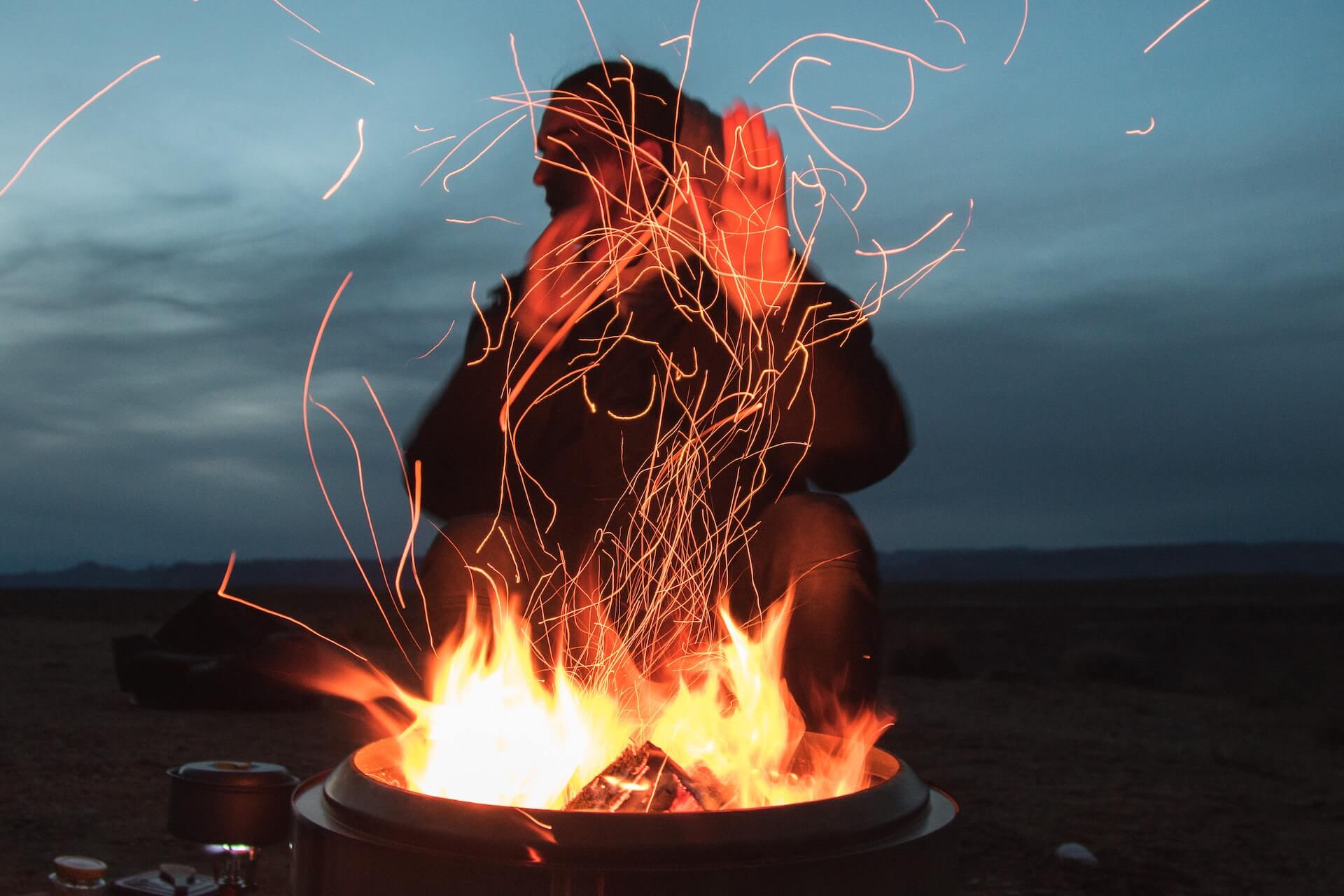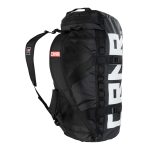I. Introduction to the Heat of a Campfire

A. Exploring the Nature and Intensity of Heat Generated by a Campfire
- Understanding the Science behind the Heat Produced by Combustion The heat generated by a campfire is a result of the combustion process. Combustion occurs when a fuel source, such as wood or charcoal, reacts with oxygen in the air, releasing energy in the form of heat and light. This chemical reaction produces flames and raises the temperature of the surrounding air.
- Recognizing the Importance of Safety Measures around Campfires Campfires can reach high temperatures and pose a risk of burns or fire hazards if not handled with caution. It is essential to follow safety measures and guidelines to ensure the safe and responsible use of campfires. This includes keeping a safe distance from the fire, using appropriate fire containment devices, and extinguishing the fire properly.
B. Factors Affecting the Heat Intensity of a Campfire
- Analyzing the Type of Fuel, Airflow, and Fire Size in Determining Heat Output The heat intensity of a campfire is influenced by several factors. The type of fuel used, such as hardwood or softwood, affects the amount of heat produced. Hardwood generally burns longer and hotter than softwood. Airflow also plays a role in heat intensity, with proper airflow allowing for more efficient combustion. The size of the fire, determined by the arrangement and quantity of fuel, also impacts the heat output.
- Considering Weather Conditions and Environmental Factors Impacting Campfire Heat Weather conditions and environmental factors can affect the heat intensity of a campfire. Windy conditions can accelerate combustion, increasing heat output. Conversely, damp or wet conditions may hinder the fire’s ability to reach optimal heat levels. The altitude and oxygen levels at a specific location can also impact the combustion process and heat output.
II. Campfire Temperature and Heat Output
A. Assessing the Temperature Range of a Campfire
- Understanding the Concepts of Heat Radiation and Convection Campfires can reach temperatures ranging from around 900°F (480°C) to over 1,200°F (650°C) at the core of the fire. Heat is radiated from the flames and hot coals, and convection currents transport the hot air upwards. The temperature near the core of the fire is typically higher than the surrounding areas.
- Estimating the Temperature of a Campfire and its Surrounding Area Measuring the exact temperature of a campfire can be challenging without specialized equipment. However, various indicators, such as the color of the flames, the intensity of heat felt, and the rate at which nearby materials ignite or burn, can provide a general estimation of the temperature. It is important to exercise caution and maintain a safe distance from the fire to avoid burns or other hazards.
B. Heat Output and Distance Considerations
- Examining the Heat Dissipation and Reduction at Varying Distances from the Fire The heat dissipation from a campfire decreases as the distance from the fire increases.
III. Safety Measures and Precautions

A. Establishing a Safe Campfire Setup
- Setting Up a Proper Fire Pit or Ring for Controlled and Contained Fires When setting up a campfire, it is important to create a proper fire pit or ring. This helps to contain the fire and prevent it from spreading beyond the designated area. Clear away any flammable materials, such as leaves or debris, to create a safe zone for the fire. Use rocks or metal rings to mark the boundaries of the fire pit, ensuring that the fire remains controlled and contained.
- Ensuring Adequate Clearance and Safety Measures in the Campfire Area Make sure there is ample clearance around the fire pit to prevent the fire from spreading to nearby vegetation or structures. Keep at least a 10-foot radius clear of flammable materials. Avoid placing the fire pit near overhanging branches or other structures that could catch fire. Have a fire extinguisher or a water source nearby to quickly extinguish the fire if necessary.
B. Fire Safety Equipment and Tools
- Understanding the Importance of Fire Extinguishers, Water Sources, and Fire Blankets To ensure campfire safety, it is crucial to have necessary fire safety equipment and tools on hand. A fire extinguisher can be used to quickly put out small fires or prevent them from spreading.
- Familiarizing Yourself with Fire Safety Tools and Their Proper Use It is essential to familiarize yourself with the proper use of fire safety tools. Learn how to operate a fire extinguisher and understand the different types of extinguishers for different types of fires. Practice using a fire blanket to ensure you are confident in its use. Knowing how to effectively utilize fire safety tools can help prevent accidents and mitigate potential fire hazards.
IV. Campfire Etiquette and Responsibility

A. Responsible Campfire Practices
- Following Leave No Trace Principles and Leaving Minimal Impact Responsible campfire practices involve following Leave No Trace principles and minimizing the impact on the environment. This includes using dead and downed wood for the fire instead of cutting live vegetation. Avoid collecting rocks or removing natural materials from the area. Leave the campfire site as you found it, ensuring that there is no trace of the fire once it is extinguished.
- Properly Extinguishing and Disposing of Campfire Remains It is crucial to properly extinguish the campfire before leaving the area.
B. Educating Others on Campfire Safety
- Spreading Awareness and Knowledge about Campfire Safety Guidelines As responsible campers, it is important to educate others about campfire safety guidelines. Share information about proper campfire setup, fire safety equipment, and responsible practices. Encourage others to follow safety guidelines and emphasize the importance of preventing wildfires and protecting the environment.
- Encouraging Responsible Behavior and Respect for Fire Safety Practices Promote responsible behavior and respect for fire safety practices among fellow campers. Encourage them to follow safety guidelines, properly extinguish campfires, and adhere to any local regulations or restrictions.
V. Regulations and Local Guidelines
A. Understanding Campfire Regulations and Restrictions
- Familiarizing Yourself with Local Laws and Regulations Regarding Campfires Before starting a campfire, it is important to familiarize yourself with the local laws and regulations regarding campfires. Different areas may have specific rules and restrictions, such as designated fire pits or seasonal fire bans. Research and follow these regulations to ensure compliance and prevent any potential accidents or fines.
- Adhering to Fire Bans and Restrictions to Prevent Accidents and Environmental Damage During periods of high fire danger or fire bans, it is crucial to adhere to restrictions and avoid starting open fires. Fire bans are put in place to protect the environment and prevent wildfires. Instead, consider alternative fire options, such as portable fire pits or stoves, that are allowed during these restrictions.
B. Alternative Fire Options and Restrictions
- Exploring Alternatives to Traditional Campfires in Areas with Restrictions In areas with restrictions or fire bans, it is important to explore alternative fire options. Portable fire pits or stoves can be used as a safer and compliant alternative to traditional campfires. These options provide a controlled and contained fire experience while minimizing the risk of accidental fires.
- Understanding the Benefits and Limitations of Portable Fire Pits and Stoves When using portable fire pits or stoves, it is important to understand their benefits and limitations. Portable options are often easier to control and can be safely used in areas where traditional campfires are restricted. However, they may have limitations in terms of heat output and the size of the fire they can accommodate. Follow the manufacturer’s instructions and practice proper safety measures when using these alternatives.
Campfire heat can reach high temperatures, and understanding its intensity is crucial for safety and enjoyment. This comprehensive guide has explored campfire temperature and heat output, safety measures and precautions, campfire etiquette, regulations, and alternative fire options. Remember to always prioritize safety, be mindful of your surroundings, and educate others about campfire safety practices.


